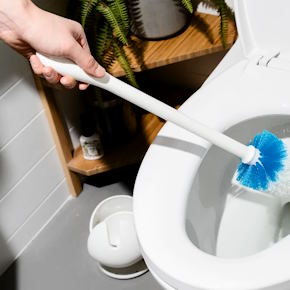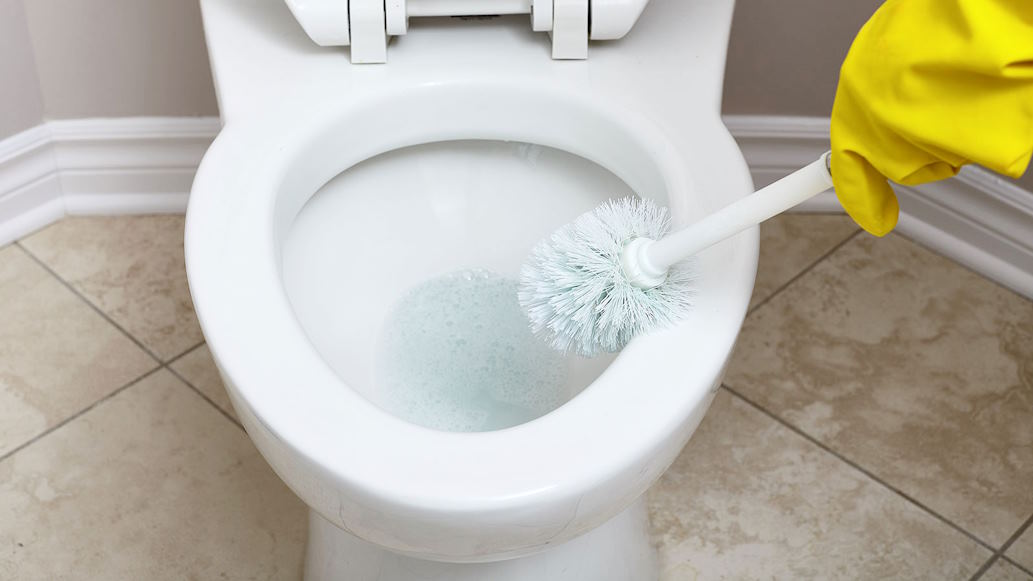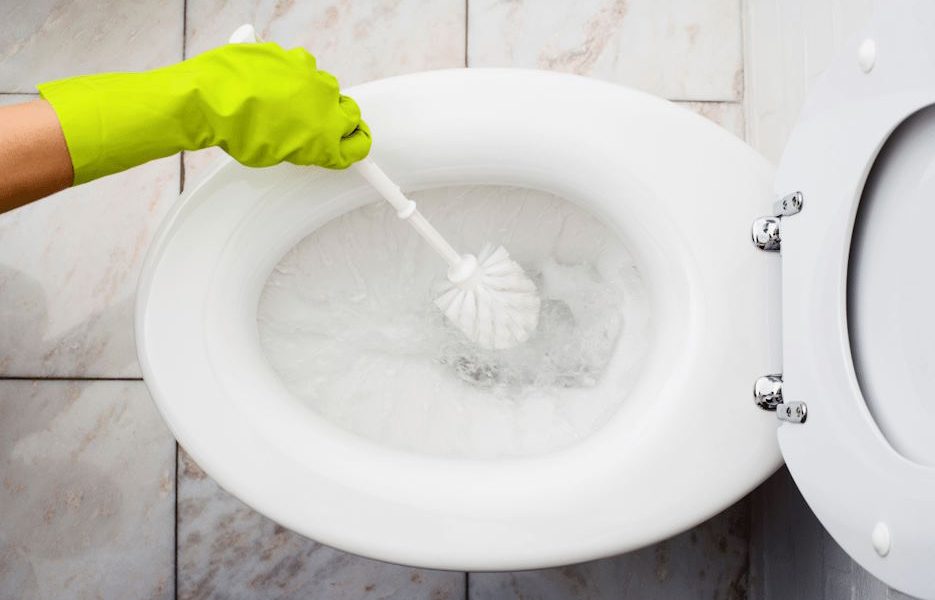Keeping a clean bathroom isn’t just about scrubbing the toilet bowl or wiping down surfaces; it’s also about the tools you use. Have you ever considered how to clean a toilet brush and holder effectively? Many people overlook this crucial aspect of bathroom hygiene, leading to a build-up of bacteria that can spread and cause health issues.
Choosing the Right Toilet Brush
Choosing the right toilet brush is like picking the right tool for any job. You wouldn’t use a spoon to dig a hole, right? Similarly, some toilet brushes are better at staying clean than others.
Look for brushes made of silicone. Unlike traditional bristle brushes, silicone ones resist bacteria build-up because they’re non-porous and dry faster. Another feature to consider is a detachable head. This allows you to replace just the brush part when it gets worn out, keeping the handle in use and reducing waste.
Brands like Simplehuman and OXO offer toilet brushes designed with hygiene in mind. These often come with features like quick-drying holders or built-in cleaning agents, which can be a game-changer in maintaining a clean bathroom.
Proper Cleaning Techniques
Now, let’s get into the nitty-gritty of how to clean a toilet brush and holder. It’s not as daunting as it sounds, promise!
 Rinse the Brush Thoroughly: After each use, rinse the brush under hot water to remove any residue.
Rinse the Brush Thoroughly: After each use, rinse the brush under hot water to remove any residue.- Soak in Disinfectant: At least once a week, soak the brush in a disinfectant solution. You can use a mixture of bleach and water (one part bleach to ten parts water). Let it soak for about an hour.
- Scrub the Holder: Don’t forget the holder! Bacteria love to hide in there too. Use a brush or sponge to scrub the inside with disinfectant.
- Dry Completely: After cleaning, make sure both the brush and holder are completely dry before putting the brush back. This might mean leaving the brush to air out over the toilet for a bit.
By following these steps, you can keep your toilet brush much cleaner and more hygienic.
Effective Storage Solutions
Storing your toilet brush properly is crucial to preventing bacteria build-up. The main goal here is to keep the brush dry and well-ventilated.
Avoid storing the brush in a closed container where it can’t dry properly. Instead, opt for holders that have ventilation holes or open designs. Some innovative holders even come with UV sanitizers that kill bacteria, which can be a great investment for a spotless bathroom.
Think of your toilet brush like a damp sponge – if you leave it in a sealed container, it’ll never dry out and will start to smell. But if you store it where air can circulate, it’ll dry out quickly and stay fresher for longer.

Regular Replacement and Maintenance
No matter how well you clean and store your toilet brush, it won’t last forever. So, how do you know when it’s time to say goodbye and get a new one?
Look for signs like frayed bristles or a lingering bad smell that doesn’t go away even after cleaning. As a rule of thumb, replace your toilet brush every six months to a year. If you’ve been sick or dealing with a particularly dirty bathroom, you might want to replace it sooner.
Establishing a regular cleaning routine for both the brush and holder can also prolong their life. Set a reminder to disinfect your toilet brush weekly and check its condition monthly.
Eco-Friendly and Sustainable Practices
In our quest for cleanliness, it’s also important to think about the environment. Thankfully, there are eco-friendly toilet brush options out there.
Consider brushes with bamboo handles and biodegradable bristles. These are great alternatives to plastic brushes and are kinder to the planet. For cleaning solutions, you can make your own with natural ingredients like vinegar and baking soda, which are effective and environmentally friendly.
Reducing waste is another aspect to consider. Instead of tossing the whole brush, opt for those with replaceable heads. This way, you only need to replace the worn-out part, cutting down on plastic waste.









